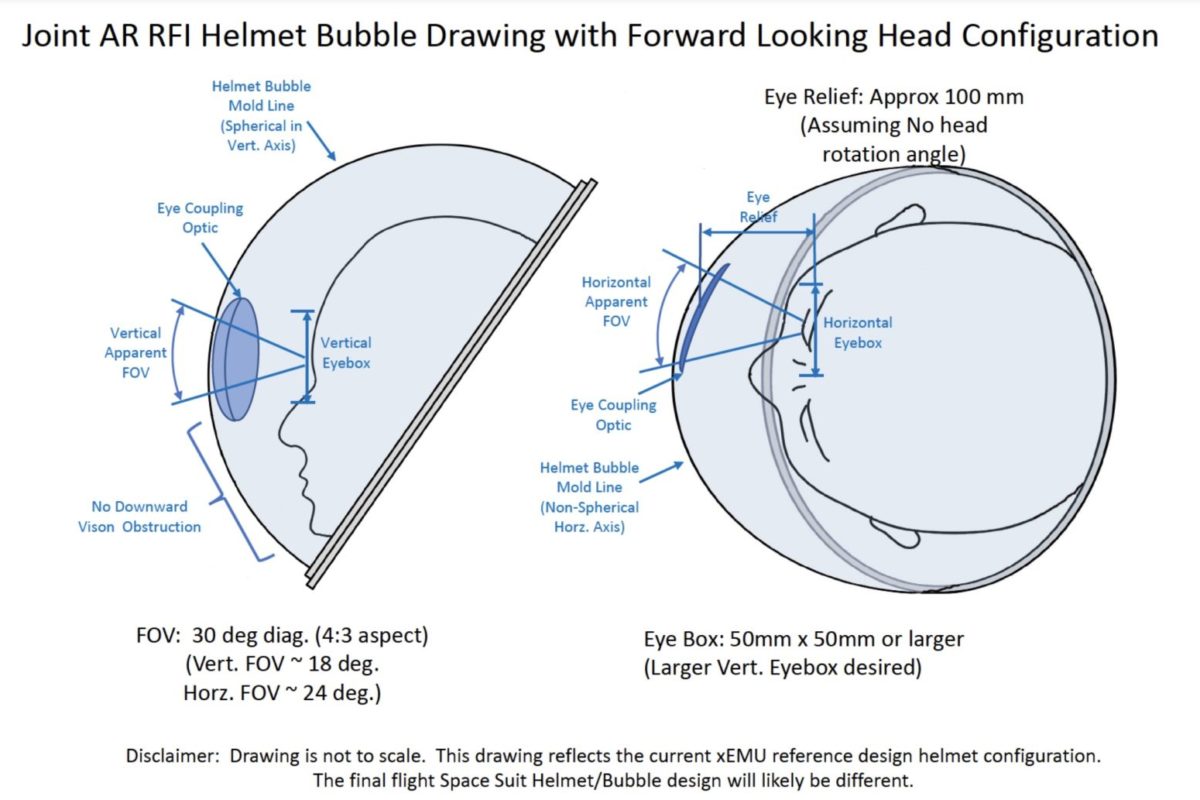NASA is looking to bring augmented reality (AR) to space exploration, with the goal of helping astronauts access critical mission information and life support metrics inside their spacesuits. In order to do so, the agency has issued a request for information (RFI) to potential partners and suppliers who can contribute to the development of a spacesuit-compatible AR system.
This system would need to include display, control, and compute subsystems, and be able to provide a new communication medium between astronauts and mission control on Earth. It should also be able to display information to the suited crew member in a minimally intrusive way, using a see-through display.
One of the key requirements for this AR system is its ability to function without communication with the Earth. Astronauts need to be able to access any data necessary for their missions at all times, regardless of their location or connection to Earth.
In addition to these communication capabilities, the AR system must also be able to withstand the extreme conditions of space travel. It must be able to operate in 100% oxygen and withstand space radiation, dust, and extreme temperatures.
NASA is seeking innovative solutions that go beyond what is currently available on the market. Each mission is unique, and ready-made device configurations may not always be suitable for integration into main systems. Respondents to the RFI have been asked to address questions such as how current AR systems could be modified or scaled to meet the agency’s requirements, and the feasibility of the requested AR system. Responses are due on March 17, 2023.
Overall, this RFI demonstrates NASA’s commitment to using cutting-edge technology to enhance space exploration and improve the capabilities of its astronauts. The development of a spacesuit-compatible AR system has the potential to revolutionize the way astronauts access and use mission-critical information, making it easier for them to complete their tasks and stay safe during extravehicular activities.
More information about the request from NASA can be found here
